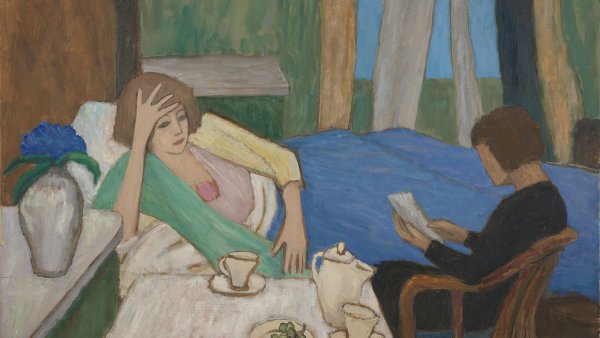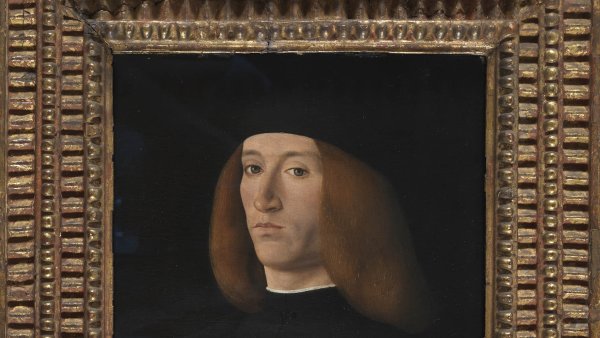Proust and the Arts
The museum is presenting an exhibition on the importance of art in the work of one of the most influential writers of the 20th century, Marcel Proust (Auteuil, 1871 - Paris, 1922), recognised both in literature and in philosophy and art theory. The aesthetic ideas that Proust developed in his work, the artistic, architectural and landscape settings that surrounded him and which he recreated in his books, as well as the contemporary and earlier artists who served to stimulate him are among the aspects that articulate the structure of this exhibition, which aims to highlight this connection and the interrelation between art and his life and work.
To understand Proust it is important to know the Paris in which he lived; the cosmopolitan and rich capital of the Third Republic, its great transformation following Baron Hausmann’s urban reforms, with the introduction of electricity, cars, public spectacles, restaurants and cafés. Proust was fascinated not only by the arts but also by the modernity that was flourishing to such a marked degree at the end of the 19th century. The image of the modern created by the Impressionist painters through their depictions of Paris’s streets and other locations lies at the heart of the Proustian aesthetic and all of this would influence his life and also his writing.
One of the writer’s first published works, Pleasures and days (1896), is presented in the first room of the exhibition, revealing his early enthusiasm for the arts, music, theatre and in particular painting and his frequent visits to the Musée du Louvre. That interest continued in his great masterpiece, the novel In search of lost time, published in seven parts between 1913 and 1927. The Paris of the Third Republic, especially the area of the Champs-Élysées, the Bois de Boulogne and the palaces of the aristocracy in the Faubourg Saint-Germain, as well as the beaches and coasts of northern France are some of the settings in which the novel takes place and which painters such as Manet, Pissarro, Renoir, Monet, Boudin and Dufy also portrayed in their paintings. In addition, the importance of the theatre in Proust's work is reflected in the impressive painting by George Clairin on loan from the Petit Palais in Paris. It depicts Sarah Bernhardt, who in part inspired Proust in the creation of the character of Berma who reappears throughout the novel.
The exhibition also emphasises one of the most important themes in Proust's work, namely the creation and consolidation in the last decades of the 19th century of a new and modern discipline, art history. It focuses on his fascination for a city such as Venice, which he visited twice, his interest in cathedrals and Gothic architecture, and his less well known “Spanish connection” through figures such as Mariano Fortuny y Madrazo and Raimundo de Madrazo. On display in the galleries are some of the some clothes and fabrics designed by Fortuny in order to present the theme of fashion, which was of such fundamental importance in Proust’s writings and which the exhibition aims to highlight.
In addition to paintings by Rembrandt, Vermeer, Van Dyck, Watteau, Turner, Fantin Latour, Manet, Monet, Renoir and Whistler, among others, a sculpture by Antoine Bourdelle and the above-mentioned designs by Fortuny and other couturiers of the time, the exhibition includes a selection of manuscripts by Proust, with loans from the Musée du Louvre, the Musée d'Orsay and the Musée Carnavalet-Histoire in Paris, the Maurithuis in The Hague, the Rijksmuseum in Amsterdam, the Städel Museum in Frankfurt and the National Gallery of Art in Washington.
Monday: closed. From Tuesday to Friday and Sunday: 10.00 - 19.00. Saturday: 10.00 - 23.00*.
*Free access from 21.00 to 23.00 thanks to the collaboration of Uniqlo.
1 May: museum closed.



